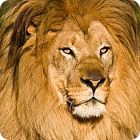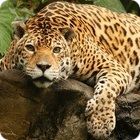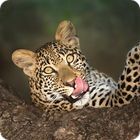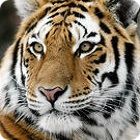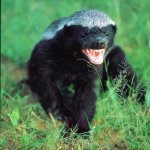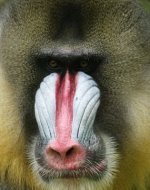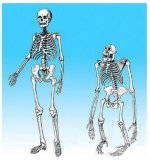big cat facts
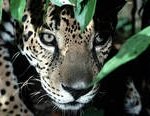
The big cats are the four members of the genus panthera. These cats are unique not only in sheer size, but also in their ability to roar. A specialized larynx and a unique part of the throat called a hyoid apparatus allows for the production of a true, deep roaring sound.
While the cougar, cheetah, snow leopard and clouded leopard are also fairly large, and occasionally included in this group, their larynx creates more of a combination hiss/snarl sound without the bass tone of a real roar.
The snow leopard has been included in the genus panthera since 2008, but there is some controversy over moving them from their own genus, uncia, and many biologists still insist the snow leopard is a separate genus.
Just as scientific folks debated for years whether a panda was a bear or not, this discussion may have nine lives as well.
Other differences in the genus panthera involve skull and eye-socket structure and variations in life-cycle and reproductive system. - Big Cat Facts
the tiger
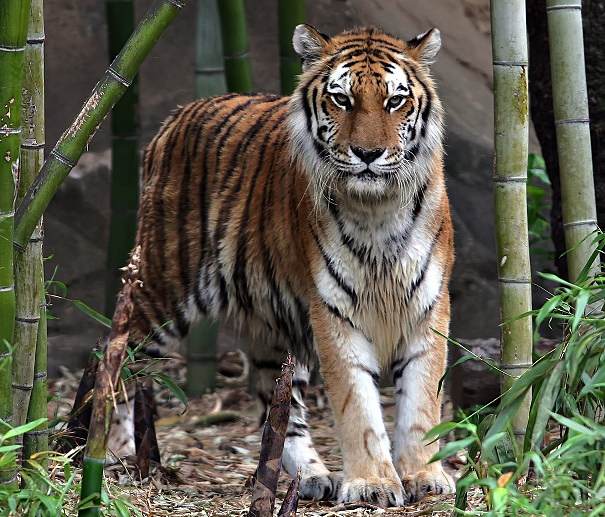
Native to Asia, the tiger is the largest of these four felids, with the lion a close second.
Although lions can, occasionally, be taller or longer than tigers, average overall height, weight, and sheer mass rest firmly in the tigers favor, particularly the Siberian tiger, which can be 800 pounds and 11ft long!
Tigers are responsible for more human deaths than any other big cat. The Bengal tiger has been found to be particularly lethal, probably because there is so much human encroachment on their home range.
There are several subspecies of tiger, all of which are endangered - some critically.
The leopard and the jaguar
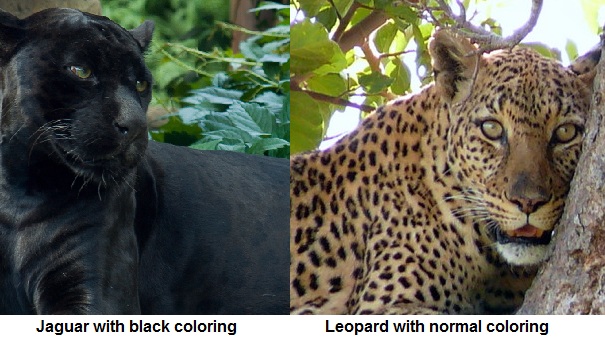
Leopards and jaguars look alot alike, but they live half a world apart. The smallest of the big cats, leopards are native to Africa and Asia. At 90 to 120 pounds, they are significantly smaller than lions and tigers, and occasionally even fall prey to them.
The jaguar is native to South and Central America, and once roamed the southern United States. Jaguars are quite a bit larger than leopards, averaging 200 to 265 pounds. Both these big cats are buff to yellow to orange in color with black or dark brown spots in a classic "rosette" pattern.
Black individuals occur fairly regularly, the result of a melanism gene. The spots can still be seen on the black fur as subtle shading. Both black leopards and black jaguars are popularly called black panthers, although they are not a separate species, and black individuals will occur side by side in the same litter with normally colored cubs.
Leopards and jaguars are difficult to tell apart if the location is unknown The jaguar is generally a stouter animal with a proportionately rounder head, fuller cheeks and smaller eyes and ears. If you study photos of the two animals with these differences in mind, you can learn to identify them relatively easily.
It is sometimes stated that the leopard does not have a dot at the center of the circles of dots on its coat known as "rosettes", or that the center of the rosette on the jaguar is darker than the body color, but both jaguars and leopards vary greatly in this regard, and coat pattern is not a reliable means of identification.

the lion
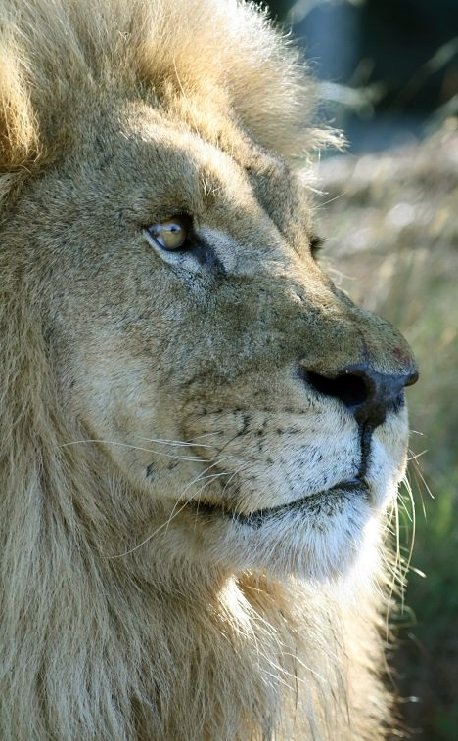
Native to Africa and a tiny portion of India, the lion is the most unique big cat. Adult male lions display a full ruff of shaggy hair around their heads known as a mane.
This is not just special for a big cat, it is very rare among any mammals to have such obvious physical distinction between the sexes.
The lion is also a very social cat with an interesting and complicated pride dynamic that in many ways is much more canine than feline. Pride members hunt together like a pack of wolves, and all share in the raising of cubs.
Finally, the King of Beasts also has the longest larynx - and thus the loudest roar of the four roaring "big cats" - naturally!
a few more big cat facts
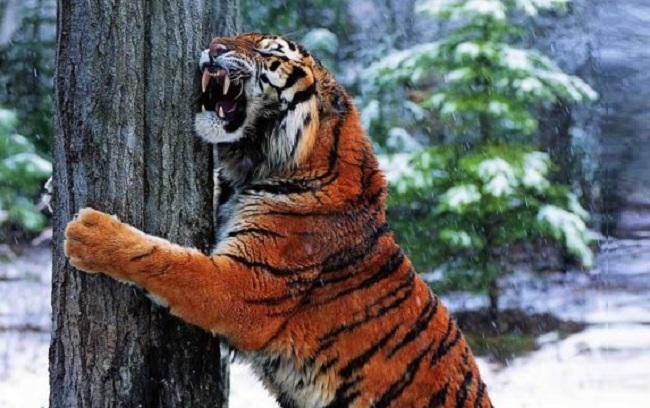 Siberian tree-hugger
Siberian tree-hugger- The "big cats" are the tiger, lion, leopard and jaguar - all members of the genus Panthera.
- In 2008 the snow leopard was moved into the panthera genus but the move is controversial.
- The snow leopard does not have the ability to roar.
- All four of the roaring big cats are endangered species.
- These four massive felines are the only cats who can truly roar.
- They can roar thanks to a specially designed larynx (a part of the throat).
- The African lion has the longest larynx - and the loudest roar.
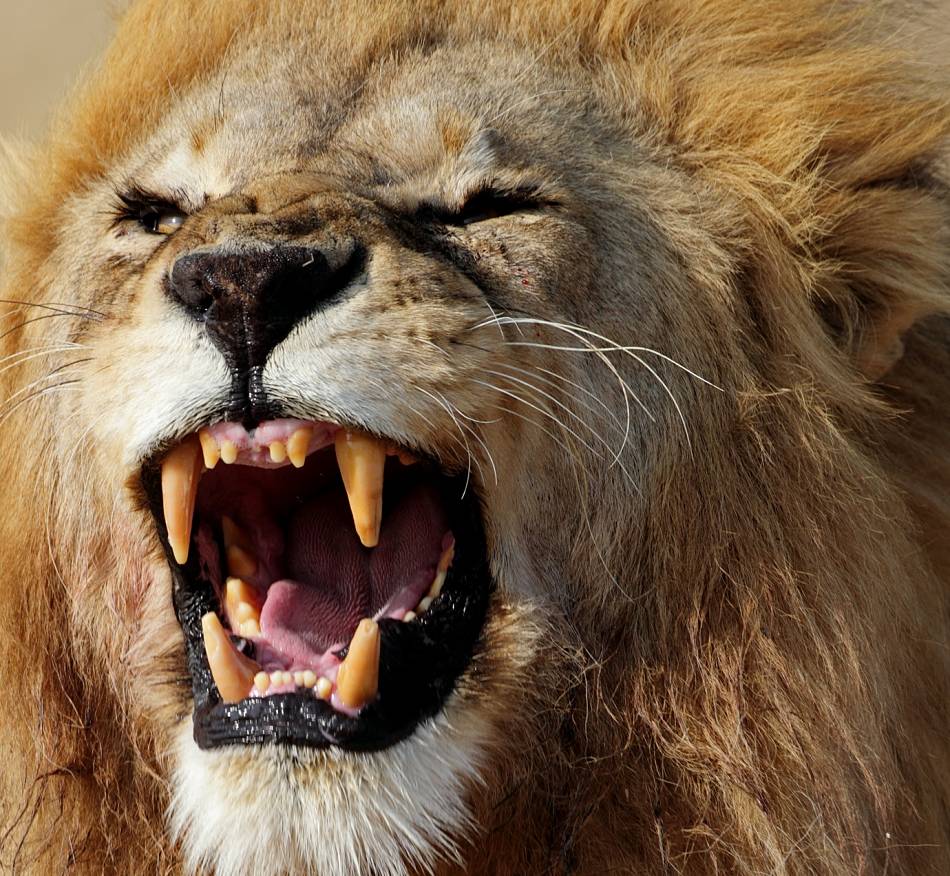
Recent Articles
-
African Animals - Animal Facts Encyclopedia
Oct 11, 16 10:27 PM
African Animals facts photos and videos..Africa is a wonderland for animal lovers, and a schoolroom for anyone who wants to learn about nature, beauty and the rhythm of life -
Baboon Facts - Animal Facts Encyclopedia
Oct 11, 16 10:26 PM
Baboon facts, photos, videos and information - Baboons are very distinctive looking monkeys with long, dog-like snouts and close set eyes. -
Great Apes Facts - Animal Facts Encyclopedia
Oct 11, 16 10:25 PM
Great apes facts, photos and videos..Human beings did not evolve from chimpanzees, modern chimps and gorillas do not appear in the fossil records until much more recently than homo sapiens..
